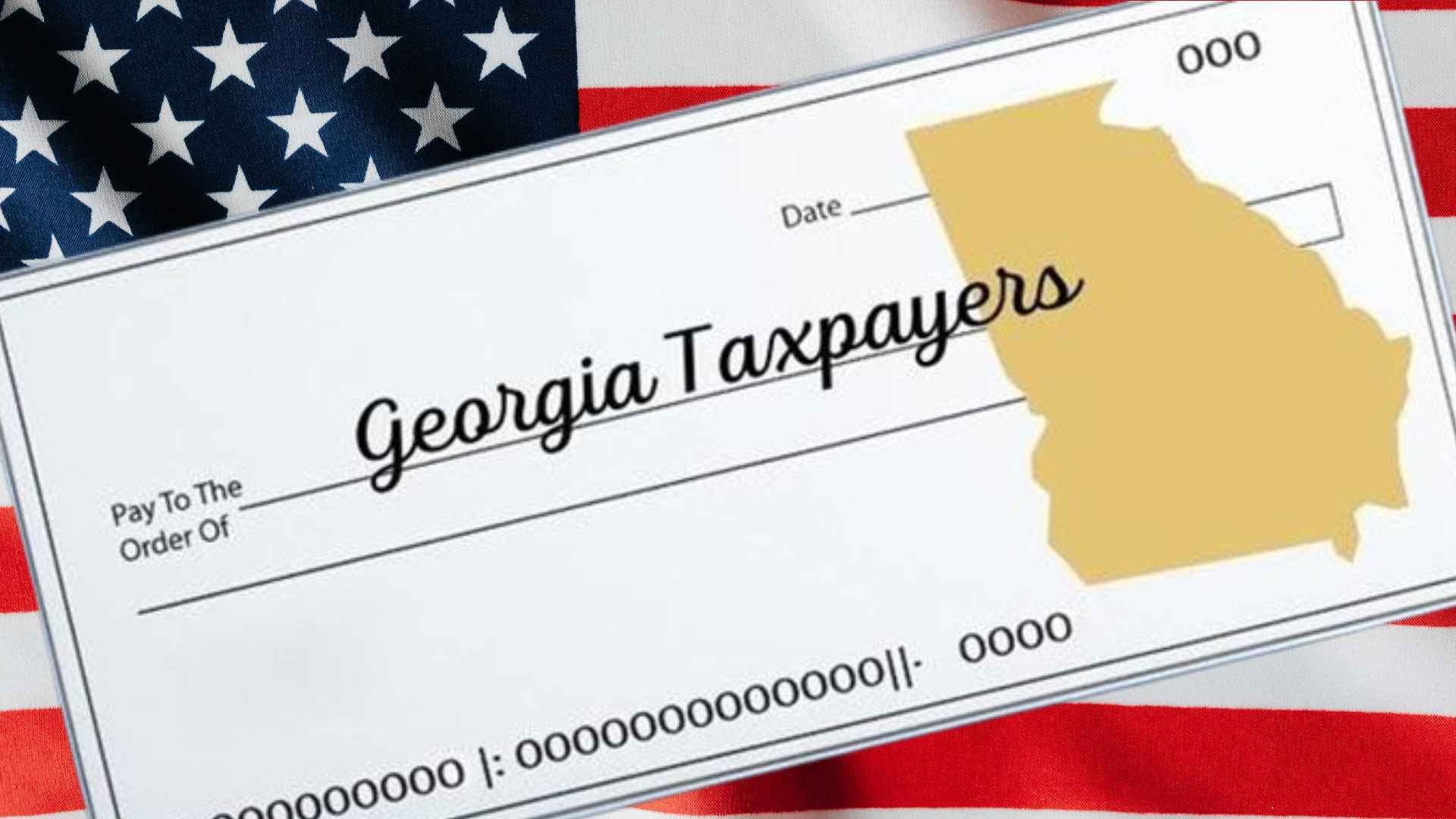Refunds authorized by House Bill 112 are rolling out in batches from June through August, promising a timely boost for hundreds of thousands of Georgia taxpayers.
Georgia’s record‑large surplus—about $11 billion—has allowed Governor Brian Kemp and the Department of Revenue (DOR) to launch a fresh refund worth up to $500 per filer. Payments labeled “GASTTAXRFD” are already landing in bank accounts, with paper checks following close behind. The goal? Put $1.2 billion back in residents’ pockets while the state economy stays strong.
Who qualifies for Georgia’s new surplus refund and what to check first
Not sure whether you make the cut? Start by confirming these basics:
- 2023 and 2024 state returns filed (or an approved extension in place)
- No outstanding balance with the DOR—otherwise the refund will first offset that debt
- You were not claimed as a dependent on the 2023 return
Still checking boxes? Great—your refund is on the way. Wondering whether your bank statement will show the magic code soon? Keep reading. Below, the exact refund amounts by filing status and how prorating may affect you:
| Filing status (2024 return) | Maximum refund | Note for part‑year residents |
|---|---|---|
| Single or Married Filing Separately | $250 | Amount reduced in proportion to months lived in GA |
| Head of Household | $375 | Same prorating rule applies |
| Married Filing Jointly | $500 | Full‑year couples receive the maximum |
Part‑year residents receive a smaller check because the law ties refunds to the share of income earned inside the state. That prevents the windfall from flowing to folks who recently moved out—fair enough, right?
When and how the Department of Revenue is issuing each payment
DOR is pushing deposits in weekly clusters to avoid system overload. Direct deposits reach the account used on the latest return, while paper checks travel by regular mail if you opted out of e‑payment. Need to know if a check is truly on the way? Track it with Georgia’s “Where’s My Refund?” portal after your batch date passes.
Officials acknowledge delays: roughly half of eligible recipients were still waiting in mid‑July, even though more than $488 million had already been disbursed. The agency insists the 2025 rollout mirrors the pace of the 2022 and 2023 rebate programs—so hang tight and watch for the next batch.
If your refund hasn’t arrived by late August, verify your mailing address and bank details on file with the DOR, then give the agency a call. In most cases, patience—not paperwork—is all that’s required.

